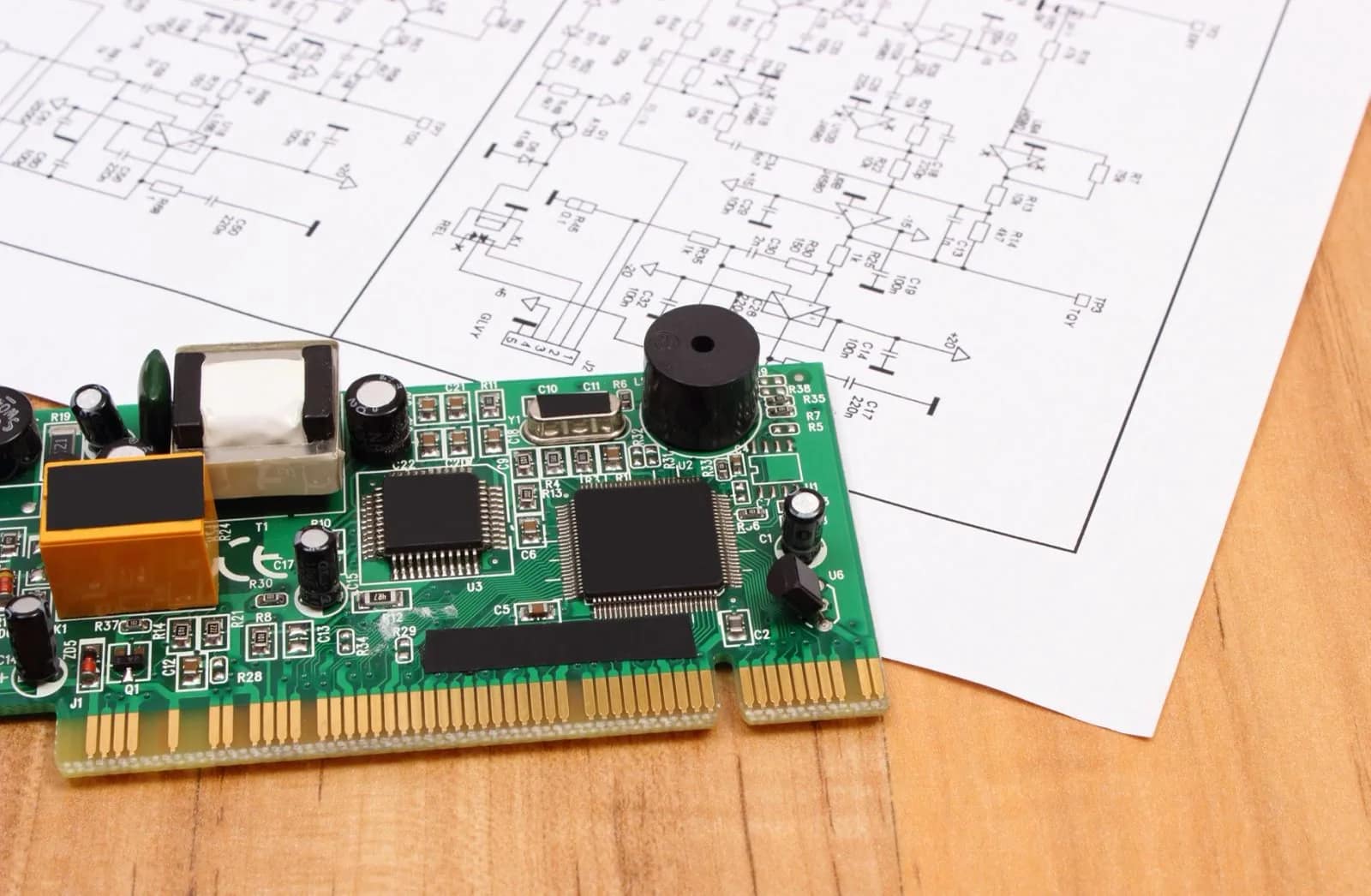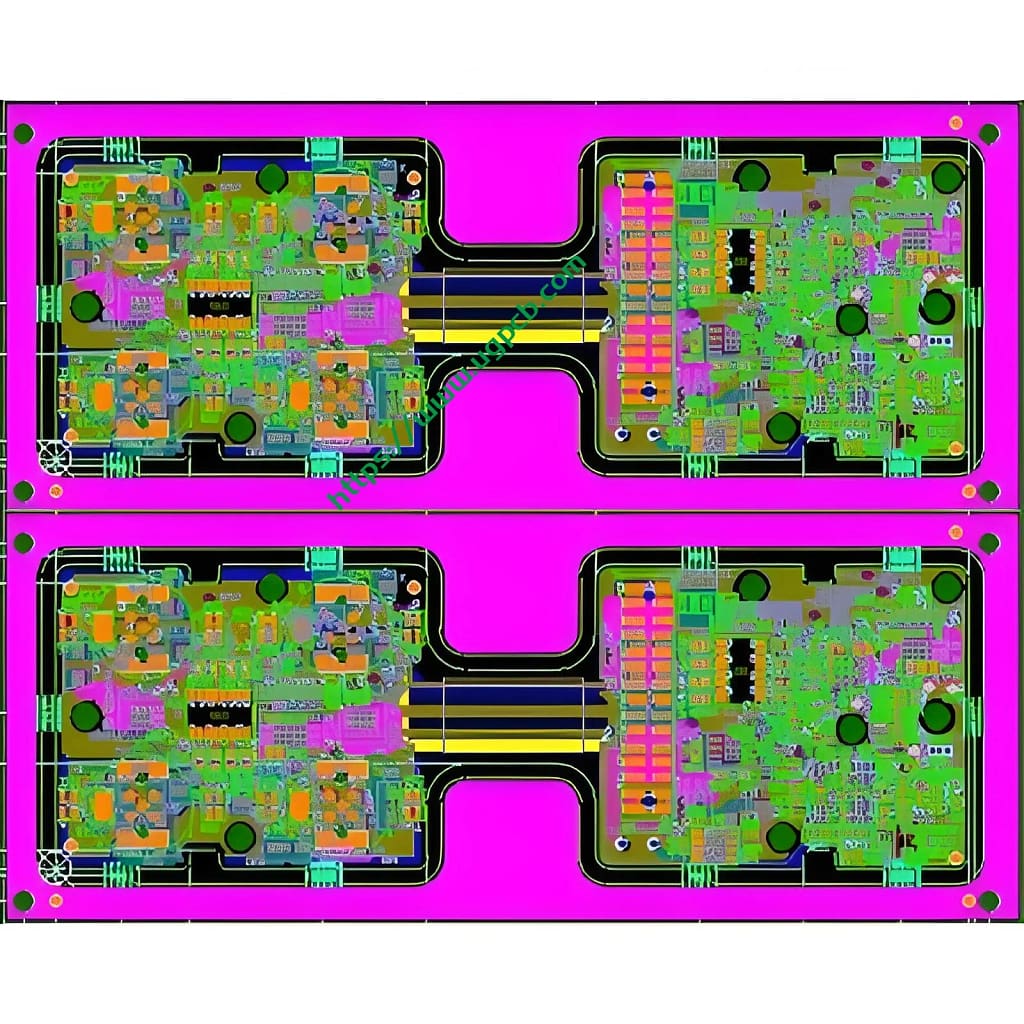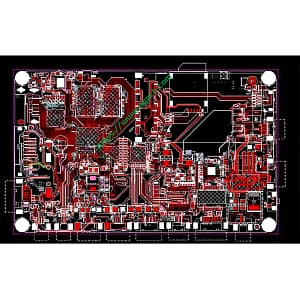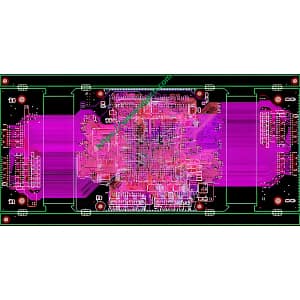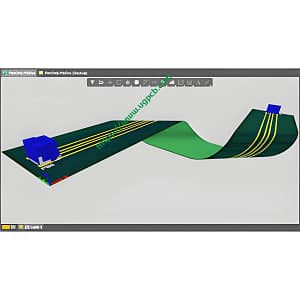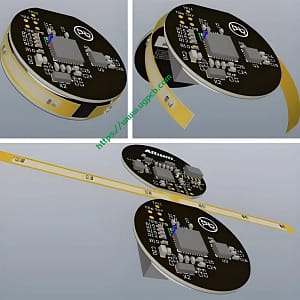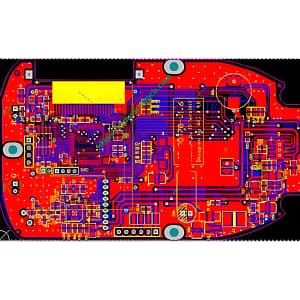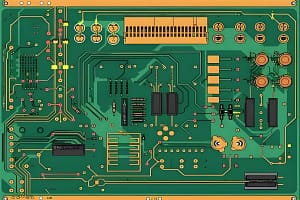Definition of HDI PCB
Hochdichteverbindung (HDI) is simply a PCB with a higher number of interconnects in the smallest footprint. This leads to miniaturization of the circuit board. Components are placed closer together and board space is significantly reduced, but functionality is not compromised.
More precisely, a PCB with an average of 120 Zu 160 pins per square inch is considered an HDI PCB. HDI designs combine dense component placement and versatile routing. HDI popularized microporous technology by implementing microvias, buried vias, and blind vias. Reduced drilling of copper is a feature of HDI designs.
Advantages of HDI PCB
Extraordinary Versatility
HDI boards are ideal when weight, space, Zuverlässigkeit, and performance are the main concerns.
Kompaktes Design
The combination of blind, buried, and micro vias reduces board space requirements.
Better Signal Integrity
HDI utilizes via-in-pad and blind via technology. This helps keep components close to each other, reducing signal path lengths. HDI technology removes through-hole stubs, thus reducing signal reflections, thereby improving signal quality. daher, it significantly improves signal integrity due to shorter signal paths.
Hohe Zuverlässigkeit
The implementation of stacked vias makes these boards a super barrier against extreme environmental conditions.
Cost-effective
The functionality of a standard 8-layer through-hole board (standard PCB) can be reduced to a 6-layer UGPCB board without compromising the quality.
 UGPCB-LOGO
UGPCB-LOGO
